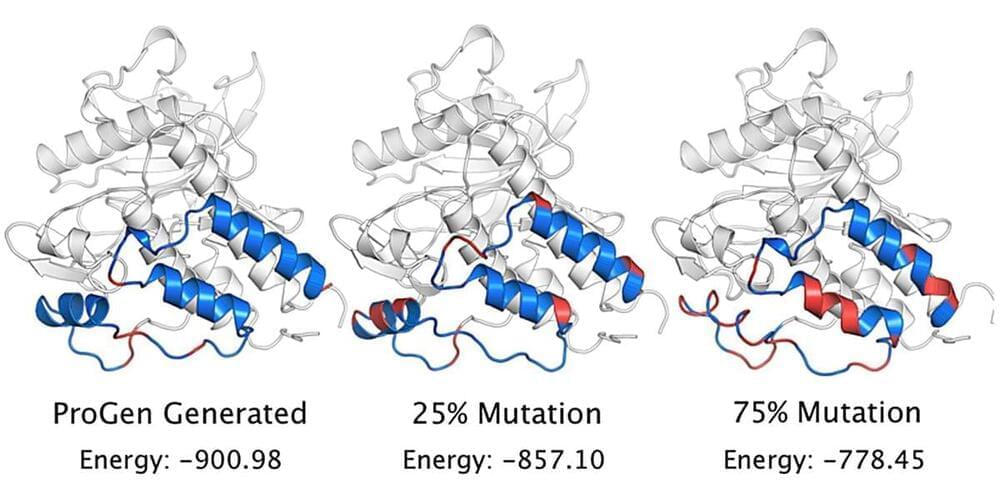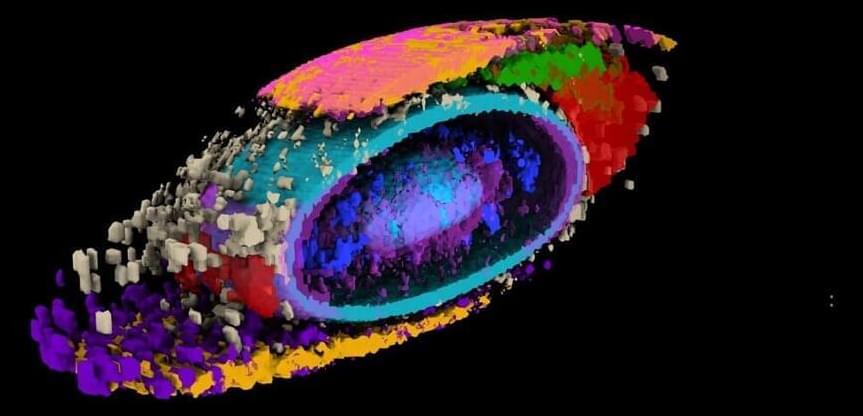Researchers stress that the classifier is “not fully reliable.”
Two months after OpenAI introduced ChatGPT to the public, students flocked to the AI tool to write their assignments, exams, software codes, and whatnot. This resulted in universities beginning to crack down on the usage of ChatGPT. A few science journals even banned the use of the chatbot in their journals.
In what sounds like a solution, OpenAI themselves have released a tool designed to detect if the text has been written by artificial intelligence. In a blog post on Tuesday, OpenAI elaborated on the tool that has been trained to figure out if the text is written by a human or generated by AI, including ChatGPT.
LIONEL BONAVENTURE/AFP via Getty Images.
“We recognize that identifying AI-written text has been an important point of discussion among educators, and equally important is recognizing the limits and impacts of AI-generated text classifiers in the classroom,” the researchers wrote in a blog post. “We have developed a preliminary resource on the use of ChatGPT for educators, which outlines some of the uses and associated limitations and considerations.”








